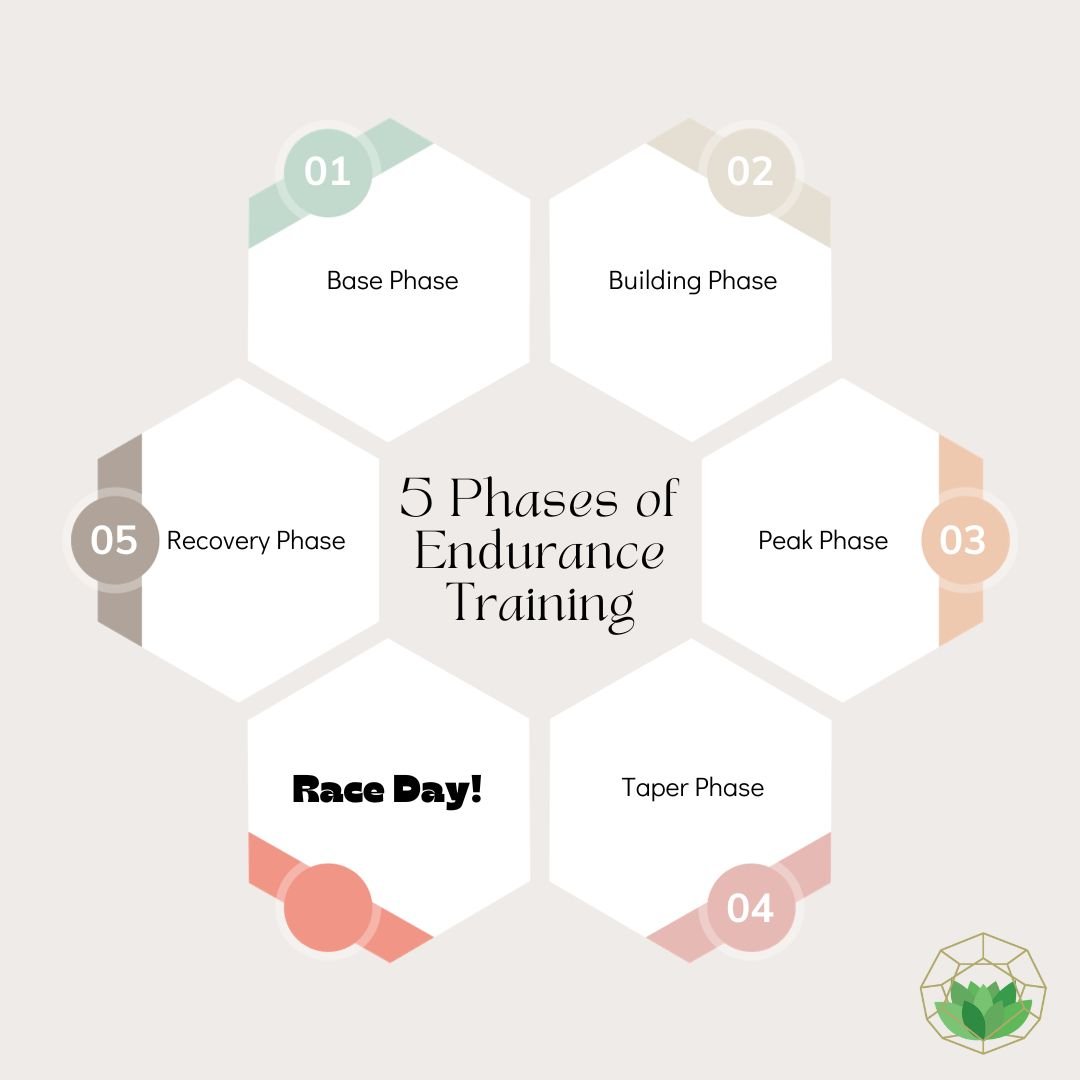Base training- Building a firm foundation of fitness
The winter months in Michigan can come with a lull in training as your next event may be several months away. On the flip side, this season can bring a surge of enthusiasm to dial up training with sign ups opening for your favorite races! Some of our favorites to sign up for include:
Running
Registration opened October 1st: Riverbank Run 25K, 10K, or 5K on May 11th, 2024, Grand Rapids, MI.
Registration opened December 1st: Bayshore 10K, Half Marathon, or Marathon on May 25th, 2024, Traverse City, MI.
Registration opened December 1st: LMCU Bridge Run 10K or 5K on September 15th, 2024, Grand Rapids, MI
Application Closed by November 16th, 2023 and Chosen by December 7th: Chicago Marathon, October 13th, 2024, Chicago, IL.
Biking
Registration open: Blackford Gravel Grinder 23, 30, or 50 mile loop on May 4th, 2024, Loudonville, Ohio
Registration opens December 30th: Lumberjack 100 mile mountain biking race on June 5th, 2024 in the Manistee National Forest, MI
Registration is open: Coast to Coast Gravel Grinder 204 or 100 mile gravel ride across Michigan on June 15th, 2024
What is the best way to harness that excitement in a productive manner for your race that is likely 3 or 6 months away? The best way is to focus on training which builds your foundation of fitness, commonly called, base training. Whether your goal race is a 25k such as the Riverbank Run, or a 10k, half or full marathon at Bayshore, all of these events it is critical that you have a strong base of fitness before getting into more intense, race specific, training.
Why is Base Training Important?
Often a person will get into the throws of training, have a stellar 6 or 8 week stretch of training and then life happens and they have to miss a week of training. Need not fear, the beautiful thing about base training is that it does not get built overnight, and it certainly does not disappear overnight. Base training makes a person more durable. This makes sense when we look at the word base, or the term foundational fitness. With a reference to the word “base” or “foundation”, you’re likely to think of a foundation of a house, or base of a pyramid. The house would be unable to weather storms without firm footing into the ground and that is the same with fitness.
When sickness hits us, or business travels take us out of our training routine, it can be easy to panic as it can feel like all fitness is lost. But I promise, it does not go away that quickly. It can take a session or two to get back into the routine and start to feel like yourself, but it will normalize. Without base training, you may be trying an 8 week crash course in training leading up to a race. BUT - what if you get a nagging injury 3 weeks prior to the event, that isn’t great. There isn’t a lot of foundational fitness and if you have to take weeks 3 and 2 out from the race with little to no training time, that is going to be challenging to pull off. Whereas if you have 2 or 3 months of build up filled with foundational/base training, 4 to 5 months before your event, you can weather an injury. A week or two away from training isn’t going to be ideal, but you’ve built a level of base fitness which will allow you to feel like yourself training again post injury a lot faster than you’d often expect.
How Does Base Training Work?
With running, base training allows a runner to get joints ready for the stresses of running, this sounds obvious but let's dive into this. Generally a person training for a race will build up to a volume of training with base miles and these base miles are less stressful than training later in the season. They are less stressful because your body is operating at a lower effort level, constantly targeting the truly aerobic effort level. You may be wondering, how do I know I’m running at a truly aerobic level? This can be achieved by using the conversation guided pace. If you’re running and you’re able to hold a conversation, great work, you’re in your aerobic zone. You could also play around with utilizing strictly nose breathing while training. I’d suggest going by the conversation guideline and sprinkling in short stretches of strictly nasal breathing. It can be fun to experience the progression from feeling like you’re starving for air with nose breathing to having it feel like a more meditative and relaxing experience.
It may take a person a good amount of focused energy, done consistently to learn how to operate at this type of pace. More often than not, the initial instinct for someone training is to run faster each time out, or to run further each time out. This is a recipe for injury down the line. It takes your joints quite a long time to adapt to training stressors (their ability to handle stress), while your aerobic system can change quite quickly. This puts a person into a situation where their capability from their lungs and muscles can quickly out pace their joints ability to handle stress and impacts from running. When you out pace your joints ability to handle stress, that is when injury is more likely to occur.
This is when the 10% rule is a nice guide for increasing training time. I prefer to have athletes train by time and not miles. You can track miles, but look at training time as more of an indicator for training progression. The 10% rule simply means, don’t increase your week to week training volume by more than 10% week to week. This guideline will help make it so you mitigate the likelihood of outpacing your joints ability to handle stress.
Surprising as it may seem, adopting a slower pace in training can pose its own set of challenges. The realization that not every workout needs to be an intense struggle can be incredibly gratifying. Embracing an aerobic level of training allows for a heightened appreciation of the surroundings, whether exploring a new route or trail. Unlike the breathless pace of non-conversational workouts, this approach enables you to absorb information from podcasts or follow audiobook storylines seamlessly. Engaging in activities beyond solely focusing on the physical exertion becomes nearly impossible at a non-conversational pace.
The key lesson during the base phase of training is to acquaint oneself with the nuances of running at a genuinely aerobic level. As you progress to the final 8 weeks before an event, your training shifts to a blend of higher-intensity sessions interspersed with those satisfying sustained aerobic workouts that, hopefully, became a source of enjoyment during the foundational training block.




